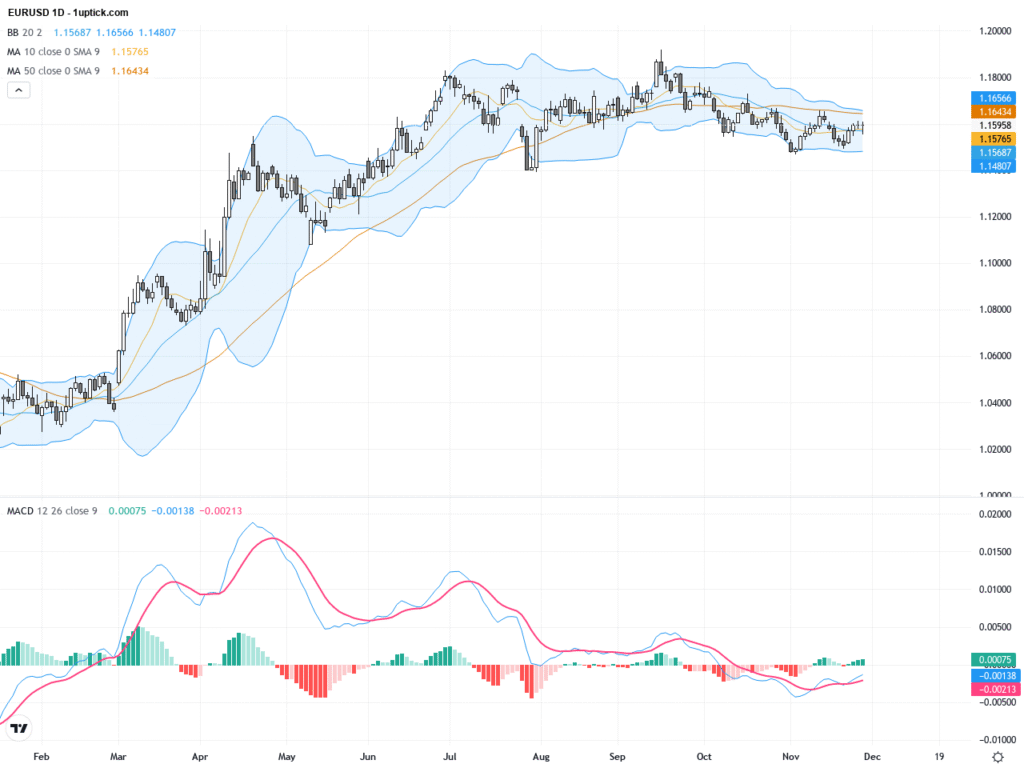 |
| Gold V.1.3.1 signal Telegram Channel (English) |

Gold Price Surges Past $3,300 to Hit All-Time High—Bull Market Gains Momentum with $3,500 in Sight
2025-04-20 @ 14:00
Gold prices have once again soared to record highs, briefly touching $3,357 per ounce on April 17. That puts the metal up nearly 28% year-to-date—a blistering rally that many market observers say is just getting started. A complex mix of geopolitical tensions, central bank demand, and dovish monetary policy appears to be fueling gold’s latest breakout, with growing signs that the rally still has room to run.
One of the primary forces behind this surge is aggressive gold buying by central banks. Amid growing global uncertainty and a push to reduce reliance on the U.S. dollar, many countries are reallocating reserves into tangible assets like gold. A recent Goldman Sachs report noted that during Asian trading hours alone, daily average net purchases of gold have reached $2 billion. This level of demand is far beyond short-term speculation—it’s a structural shift in asset allocation. Compounding the momentum, a new set of U.S. tariffs signed by President Trump earlier this month has heightened global trade tensions, further boosting gold’s appeal as a safe haven.
At the same time, market sentiment toward the dollar has weakened sharply. Federal Reserve Chair Jerome Powell recently voiced rare public concern about the White House’s aggressive trade stance, warning it could undermine economic stability and complicate inflation control. The remarks drew a swift backlash from the president, who went so far as to say Powell should be fired if the Fed doesn’t cut rates soon. The political pressure on monetary policy is raising red flags for global investors and prompting more capital to shift into gold as confidence in the dollar wavers.
Major Wall Street firms are now revising their gold forecasts upward. Goldman Sachs has lifted its target price for the end of 2025 from $3,300 to $3,700, with some scenarios predicting a spike to $4,500. UBS and Citi have also updated their outlooks, setting midterm targets between $3,500 and $3,800. Since the start of 2025, the U.S. Dollar Index has fallen over 8%, and central banks around the world have sold off more than $90 billion in U.S. Treasuries. Many portfolio managers now see gold as the most reliable anchor for portfolios in a market fraught with overvalued assets and recession risks.
Looking at fund flows, it’s clear that investor attention is shifting away from tech and toward hard assets. Bloomberg data shows that the once-dominant “Magnificent Seven” tech stocks have dropped over 20% this year—Tesla alone has plunged 38%. In contrast, a recent Bank of America survey revealed that nearly half of fund managers now view “long gold” as the most crowded trade in the market—the first time gold has surpassed tech in popularity in two years.
This gold rush is also spilling over into the broader sector. Trading volumes for smaller gold mining stocks have tripled in the past two weeks. Analysts suggest that institutional investors, having anticipated this move, are now positioning early across the mining supply chain—not just in the futures market. That said, some firms remain cautious. Morgan Stanley, for example, is maintaining a relatively conservative year-end forecast of $2,700 per ounce but concedes that improved Middle East or Russia-Ukraine dynamics could temper demand for gold as a hedge.
From a technical standpoint, gold’s current rally is sending a strong bullish signal. The weekly chart shows seven consecutive weeks of gains, a pattern that last appeared in 2011—followed at the time by a further 50% price increase. The $3,300 level, once a ceiling, has now become a key support zone, and analysts are eyeing $3,500 as the next psychological milestone.
Still, the road ahead isn’t without risk. Kitco’s technical analysts warn that gold is already trading well above historical highs, and the market is vulnerable to a short-term correction of 10% to 15% if bullish sentiment fades or profit-taking sets in. Meanwhile, open interest in gold futures on the COMEX has surged to $230 billion, and JPMorgan reportedly holds a $45 billion short position—highlighting structural imbalances compared to the global annual output of gold. These factors could trigger sudden price swings.
All eyes are now on the Federal Reserve’s upcoming June rate meeting. Should Powell yield to political pressure and cut rates ahead of schedule, a weaker dollar seems likely—which would not only lift gold prices but also add further volatility to financial markets. As the chief strategist at Blue Line Futures put it, “We could see single-day price swings of $300. It would mark a historic moment for monetary policy and commodity markets alike.”
With safe-haven demand, policy uncertainties, and a global currency reset converging, gold is now stepping into what many see as a new golden era. Whether you’re building a long-term position or trading short-term momentum, this is a market that demands vigilance and discipline. In a time of profound shifts across the financial system, gold represents more than just a commodity—it’s a mirror reflecting the mood of the times.








